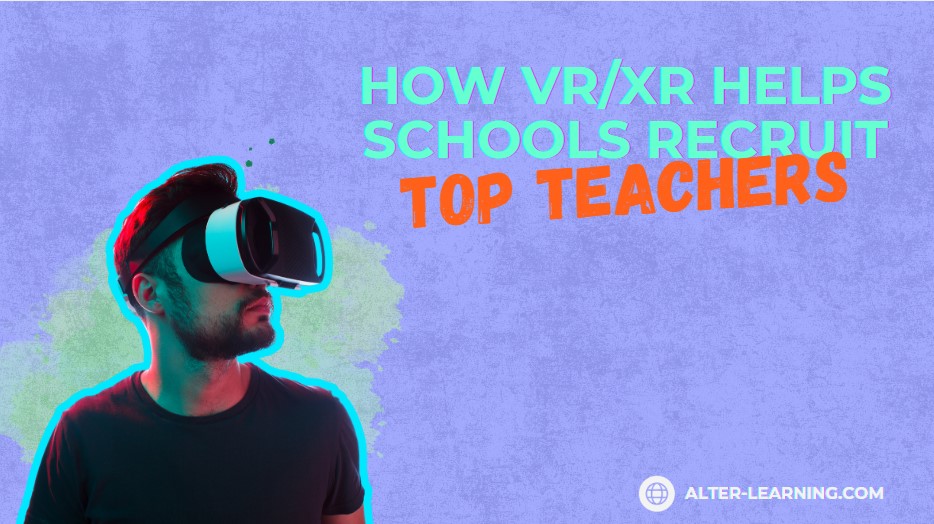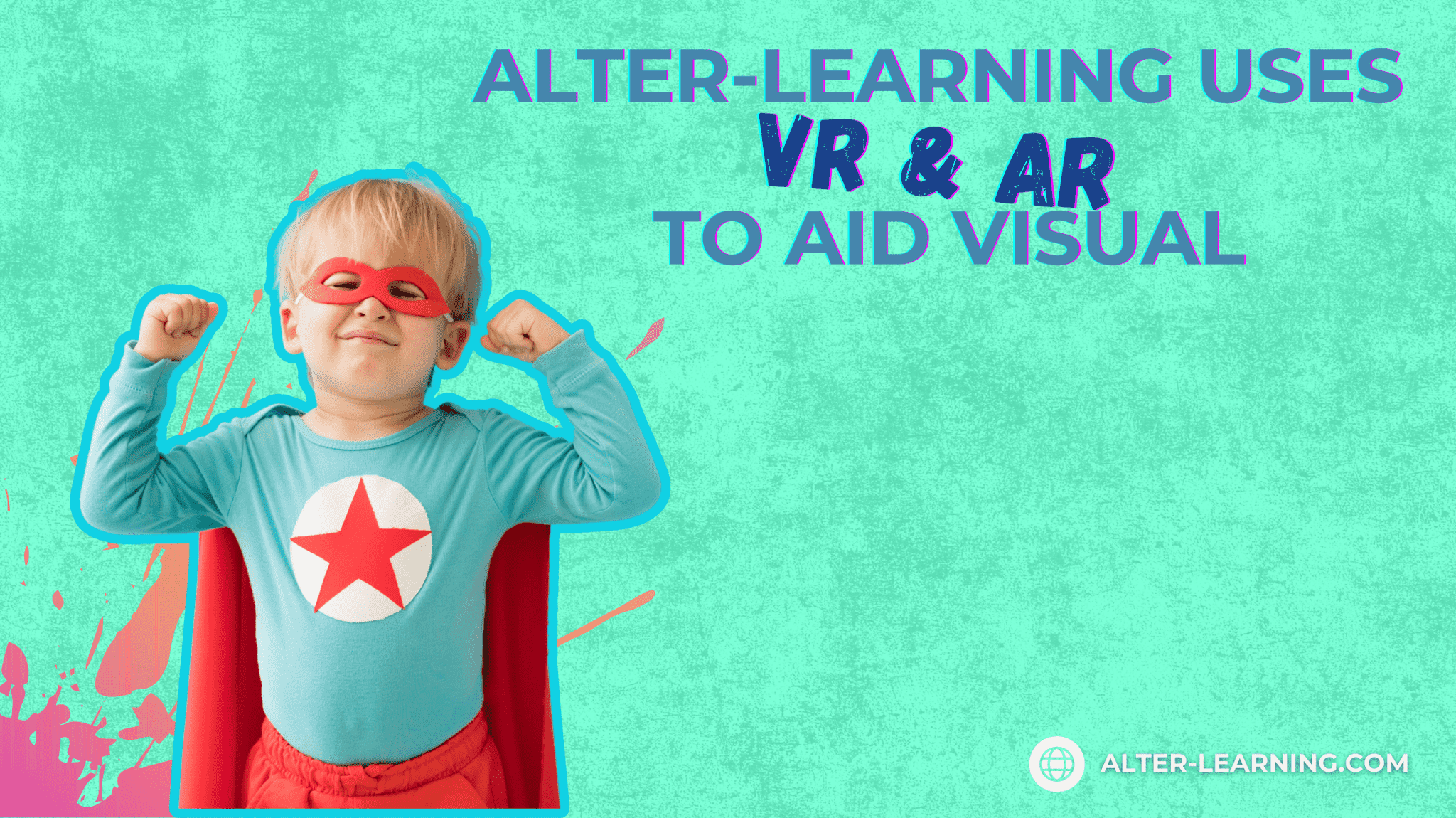Digital learning is no longer just a supplement—it’s an essential part of how students engage with the world. But effective digital learning doesn’t happen in isolation. Collaboration remains a cornerstone of meaningful educational experiences, even in virtual or technology-enhanced environments. When students work together—whether across devices, platforms, or physical locations—they don’t just absorb knowledge. They build communication skills, empathy, and problem-solving strategies that prepare them for real-world challenges.
Educational technology can help foster these connections. With thoughtfully designed digital tools and immersive experiences, collaboration can become a natural, seamless part of 21st-century learning.
Why Collaboration Still Matters—Even Digitally
Learning is inherently social. From group projects to classroom discussions, collaboration helps students process information, test ideas, and gain new perspectives. In digital learning environments, this dynamic can be preserved—and even enhanced—when platforms are designed with interaction in mind.
Collaboration in digital spaces can support:
- Deeper engagement, as students take ownership of their roles in shared tasks,
- Peer-to-peer learning, where students teach, challenge, and support one another,
- Soft skill development, including communication, leadership, and emotional intelligence,
- Broader inclusion, giving every learner a voice, regardless of background or learning style.
Whether working on a science experiment, building a digital art project, or exploring an immersive historical simulation, collaborative learning helps students connect the dots between content and context.
Features That Foster Collaboration in EdTech Platforms
Technology alone doesn’t guarantee connection—it must be designed to invite it. Digital learning platforms that support collaborative work typically offer tools that allow students to share, interact, and build together.
Some key features that support meaningful collaboration include:
- Multiplayer environments, where students must work as a team to complete missions or solve puzzles,
- Shared workspaces, allowing multiple users to contribute to a digital artifact or project in real time,
- Role-based challenges, encouraging learners to take on complementary responsibilities,
- Feedback loops, where students review or reflect on each other’s contributions,
- Built-in communication tools, enabling chat, annotation, or audio collaboration within the platform.
When these features are paired with engaging content and real-world relevance, collaboration becomes not just possible—but powerful.
Examples of Collaborative Digital Learning in Action
Digital collaboration isn’t limited to discussion boards or group essays. It can unfold in dynamic, immersive ways. For example:
Students might team up to build a sustainable lunar base, combining science, engineering, and strategic planning,
- A group could explore a virtual wellness center, supporting each other’s emotional growth while learning life skills,
- Learners could co-write music or perform together in a virtual arts experience, exploring rhythm, harmony, and creative expression,
- History students could collaborate to reconstruct ancient civilizations, piecing together clues in a shared archaeological simulation.
Alter-Learning’s game environments are designed with these interactions in mind—offering co-op play, multiplayer functionality, and collaborative problem-solving scenarios that support both content mastery and social development.
Collaboration Beyond the Student Level
Digital collaboration also benefits teachers, counselors, and school communities. Technology can make it easier for educators to:
- Co-design interdisciplinary lessons across subject areas,
- Track student contributions and engagement in group activities,
- Share best practices and strategies through professional learning communities,
- Involve families and outside experts in student-led digital projects.
When collaboration is supported at every level, learning becomes more integrated, adaptive, and connected.
Bringing the Human Element Into Digital Learning
Technology changes how we teach—but not why we teach. At its core, education is about helping students grow intellectually, socially, and emotionally. Collaboration plays a central role in that process. It helps students see value in diverse perspectives, build resilience through group challenges, and discover their strengths through interaction with others.
Digital learning platforms that prioritize collaboration—like those developed by Alter-Learning—can help students work not just side-by-side, but truly together. In these shared virtual spaces, learners can co-create, co-discover, and co-reflect—building not only knowledge, but community.
Because no matter how advanced the technology becomes, the most powerful learning still happens through connection.
Follow Alter-Learning for more insights into immersive education, edtech success stories, and the future of learning. Want to explore how VR/AR could transform your school or learning platform? Let’s connect.




